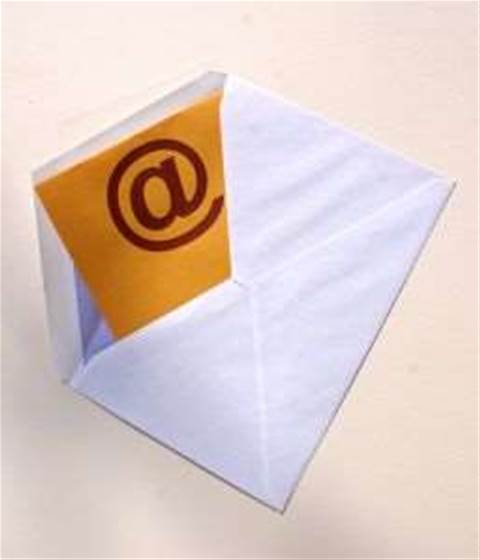Microsoft's Live@edu hosted email service has won another 40,000 student accounts from a new agreement with the University of Western Sydney (UWS).
By October 5, UWS would have moved all students from its legacy, in-house email system to a custom Live@edu implementation called MyMail.
In total, the project was estimated to cost $50,000 for servers that would authenticate users each time they logged on, and the services of Microsoft implementation partner Ensyst.
UWS IT director Mick Houlahan said the move was intended to address student demand for larger storage capacities, a mail forwarding function, and email access on their smartphones.
The university went to tender for a hosted email system in October 2009 and picked Live@edu over Google's rival Gmail service in January.
While the services were "very similar", Live@edu was found to have "very strong synergies" with UWS' existing Microsoft systems, Houlahan said.
Microsoft presented an attractive offer, agreeing to provide UWS-branded email and calendar functions to all students and alumni, with no third-party advertisements and no licensing costs.
The software giant would also be responsible for handling all server-side, technical issues, taking some pressure off UWS' resource-strapped IT team.
"From our perspective, trying to provide 24x7 support for this kind of stuff is incredibly difficult," Houlahan said.
"A number of universities are outsourcing their student email; we're following that trend."
MyMail offered students Exchange ActiveSync, IMAP4 and POP3 support, a 10MB limit for attachments, and10GB of storage - a significant increase from students' 100MB legacy accounts.
In exchange, Microsoft would have access to 40,000 students who may choose to continue using its familiar webmail and software products after graduating, Houlahan mused.
"The thing for them is they're looking to get lots of users for their service, when our students graduate," he said.
All email systems and data would be hosted by Washington-based Microsoft, while, account provisioning and password verification would take place on local UWS servers.





.jpg&h=142&w=230&c=1&s=1)
.png&h=142&w=230&c=1&s=1)






.jpg&w=100&c=1&s=0)










